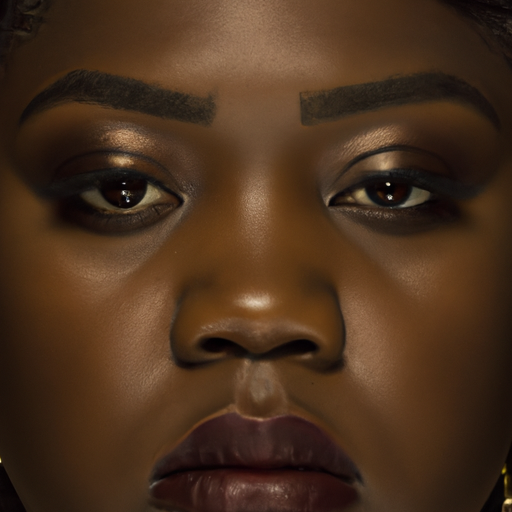As a medical professional, I am always intrigued by the innovative approaches to healthcare and wellness that continue to emerge. One such approach that has piqued my interest is Red Light Therapy (RLT), a non-invasive treatment that has shown promising results in skin care and overall health improvement. This revolutionary technique, also known as photobiomodulation, leverages the power of specific wavelengths of light to stimulate cellular activity, leading to numerous health benefits.
The principle behind Red Light Therapy is simple yet profound. It uses low-level wavelengths of red light which are absorbed by the mitochondria in our cells. This absorption stimulates the production of adenosine triphosphate (ATP), the energy currency of our cells. Increased ATP production means enhanced cellular function and regeneration, which translates into various health benefits, including improved skin health.
In the realm of skincare, Red Light Therapy has emerged as a game-changer. It is a natural, chemical-free, and painless way to tackle various skin issues. It has been found effective in treating acne, reducing wrinkles, improving skin tone and texture, and promoting wound healing and tissue repair. The therapy stimulates collagen production, which is crucial for maintaining skin elasticity and firmness. It also increases circulation and inflammation, which aids in the healing process and gives the skin a healthy glow.
One of the most significant advantages of Red Light Therapy is its safety profile. Unlike other skin treatments such as chemical peels or laser resurfacing, RLT does not damage the skin surface. There are no reported adverse effects, and it is suitable for all skin types. Moreover, it is a non-invasive procedure that does not require any downtime for recovery.
Several clinical studies back the efficacy of Red Light Therapy in skincare. A study published in the Journal of Photochemistry and Photobiology found that individuals who underwent RLT experienced significantly improved skin complexion and increased collagen density. Another study in the Journal of Cosmetic and Laser Therapy showed that RLT could reduce wrinkles and enhance the youthful appearance of the skin.
Despite its numerous benefits, Red Light Therapy is not a quick fix. It requires consistency and patience. Typically, visible results are seen after eight to twelve weeks of regular sessions. However, the wait is worth it, considering the long-lasting improvements RLT offers for skin health.
In conclusion, Red Light Therapy is a revolutionary approach to skincare that harnesses the power of light to stimulate cellular activity and promote skin health. It offers a safe, natural, and effective alternative to traditional skin treatments, with no side effects or downtime. As more research continues to uncover the potential of this therapy, it is poised to become a mainstay in skincare routines.
However, it’s crucial to remember that while Red Light Therapy can significantly enhance skin health, it should not replace a balanced diet, regular exercise, and good skincare habits. These lifestyle factors play an integral role in maintaining healthy skin. Moreover, before starting any new treatment, it’s always advisable to consult with a healthcare professional or a dermatologist who can guide you based on your individual needs and circumstances.
Unmasking the power of Red Light Therapy reveals a promising future for skincare. This revolutionary approach is not just about enhancing beauty but also about promoting overall skin health and well-being. As a doctor, I am excited to see how this therapy will continue to evolve and benefit patients in the years to come.



